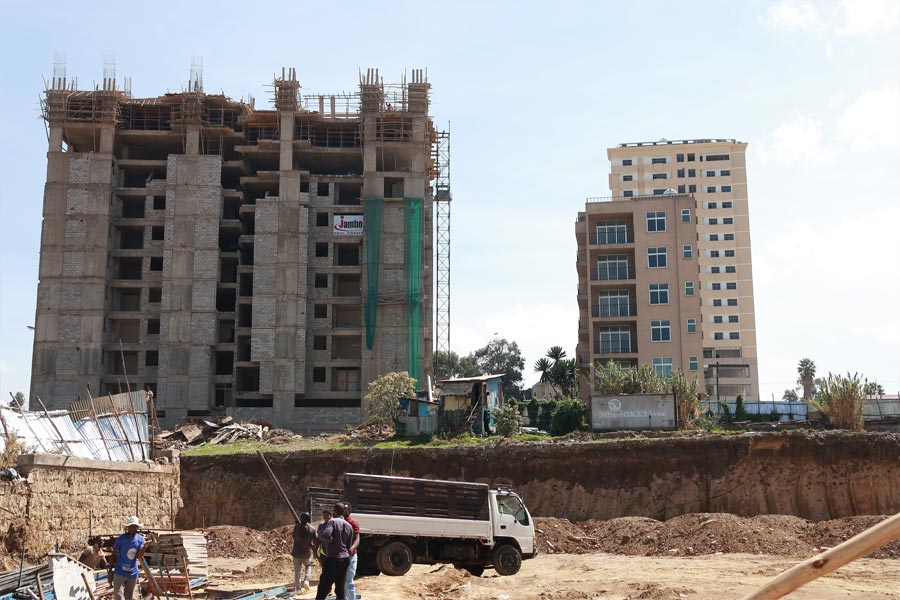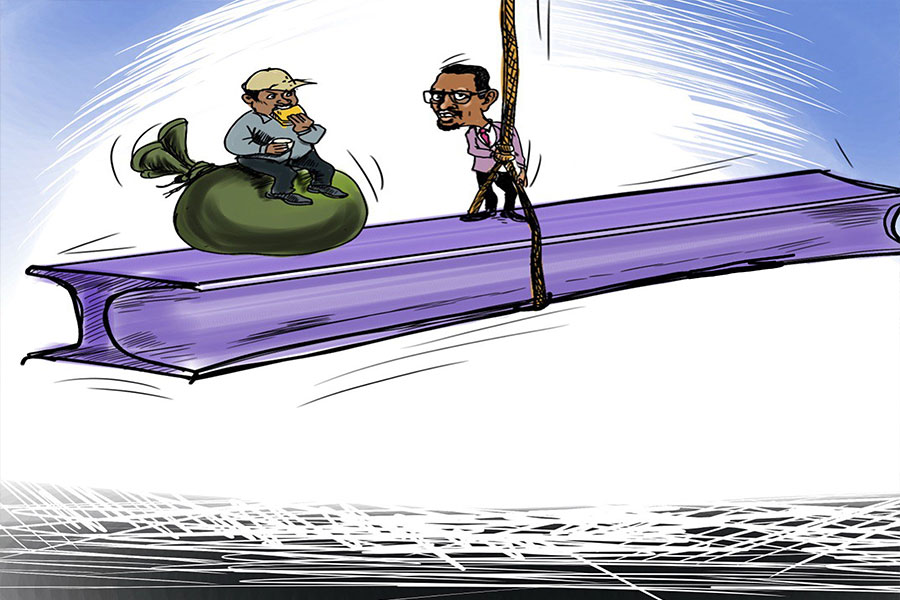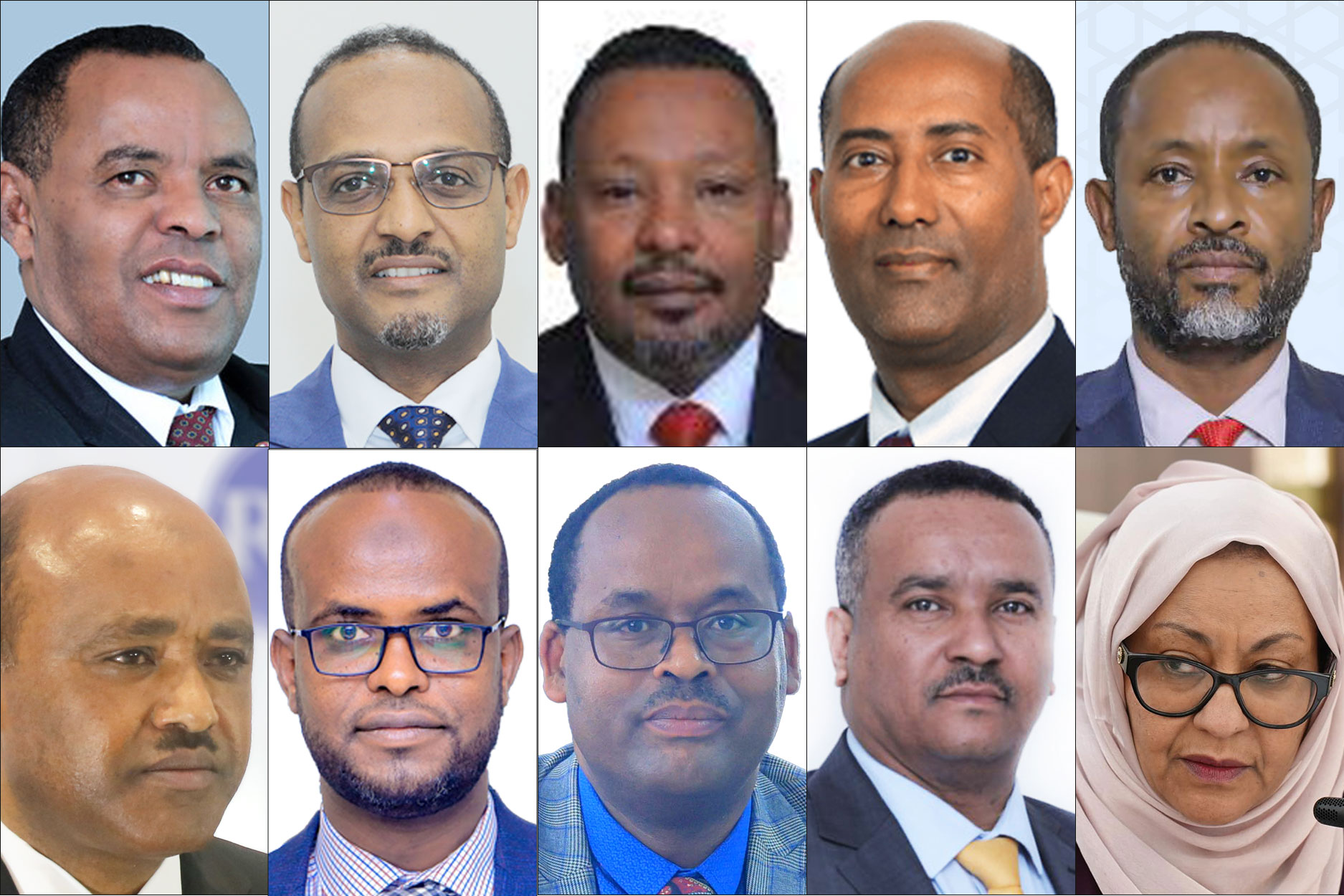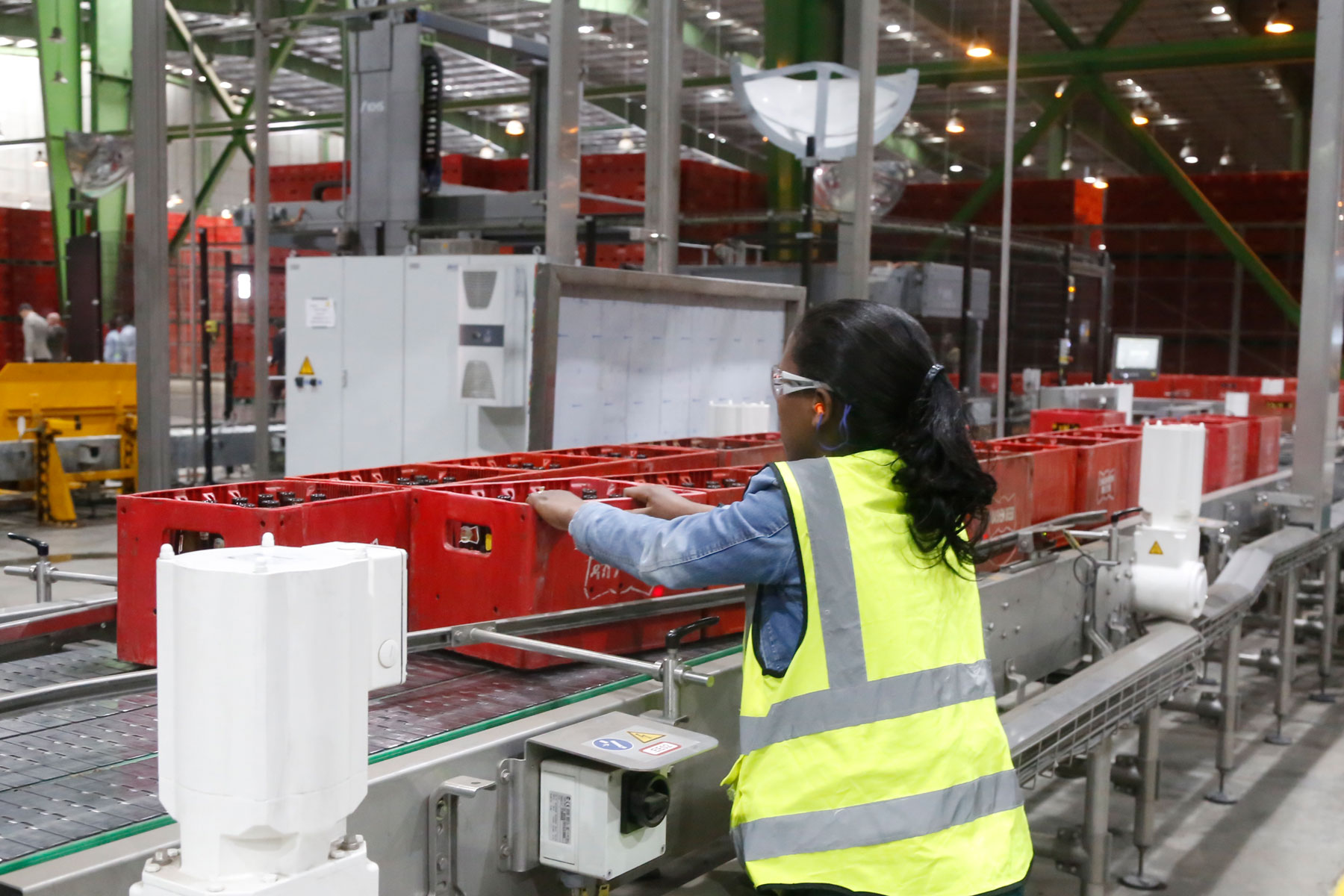
My Opinion | Apr 09,2022
Apr 16 , 2022
By Sergei Guriev
After plummeting in value following Russia’s invasion of Ukraine, the ruble has clawed its way back to its pre-war levels. But this should be of little comfort to the Kremlin because the factors that drove the ruble’s rebound augur additional problems for Russia’s economic performance.
The West has exhibited near-unprecedented unity and resolve in its response to Russian President Vladimir Putin’s war on Ukraine. Within three days of the invasion, Western governments had frozen much of the Russian central bank’s foreign-currency reserves within their respective jurisdictions.
This move triggered financial panic within Russia – and spurred a powerful policy response. On February 28, the central bank imposed strict capital controls, tightened currency-trading restrictions, and hiked its key policy rate from 9.5pc to 20pc.
Russia’s government then ordered all Russian exporters to repatriate and exchange 80pc of their export revenues for rubles, and the central bank introduced a 30pc commission (later reduced to 12pc) on foreign-currency purchases. Various categories of buyers were banned from purchasing US dollars, and holders of foreign-currency-denominated bank deposits faced major constraints withdrawing their savings.
Despite this swift policy response, however, the ruble’s official exchange rate moved from 81 rubles a dollar before the war to 139 per dollar on March 9 (though the black-market rate reportedly was much higher). Inflation accelerated substantially, with the growth rate of the official consumer price index rising to two percent per week (181pc) in the first three weeks of the war, before slowing to one percent per week.
The ruble has since returned to the 80-per-dollar range. But its appreciation is not necessarily real. If a currency’s trade is severely restricted, its exchange rate does not reflect its market value. During the Soviet era, the Communist Party’s flagship newspaper, Pravda, consistently reported that the ruble’s official exchange rate was 0.6 a dollar, but nobody viewed that as a proxy for the currency’s real strength.
To be sure, there are tangible signs that the pressure on the ruble is subsiding. Late last week, the central bank removed the 12pc fee for purchasing dollars, relaxed certain limitations for currency-denominated deposits, and, most importantly, cut its policy rate from 20pc to 17pc, while signalling further easing to come. These actions speak louder than any official statements about the strength of the Russian economy.
Even so, growth projections for Russia this year remain bleak. GDP will decline by eight percent this year, according to the central bank; before the war, it was expected to increase by 2.4pc. The Institute of International Finance predicts a 15pc fall in GDP, while the European Bank for Reconstruction & Development and most international investment banks forecast a 10pc recession. The head of Russia’s Accounts Chamber, Alexei Kudrin, agrees.
The ruble’s recent appreciation does not invalidate these pessimistic views, because the exchange rate’s recovery is merely a reflection of unprecedented restrictions on imports and higher oil and gas prices.
Western governments have imposed severe sanctions on technology exports to Russia, which have been reinforced by a private-sector boycott, with more than 600 Western companies having withdrawn from Russia. Households and enterprises have lost access to many imported consumer goods and intermediate inputs at home, while airspace closures and boycotts by Airbus, Boeing, and major insurers and leasing companies have made it all but impossible for Russians to travel to the West.
Because these restrictions have substantially reduced Russian demand for imports, note economists Oleg Itskhoki and Dmitry Mukhin, they have also lowered demand for dollars (which are needed to purchase such goods), thereby driving the ruble’s exchange rate upward. But that is not good news for Russia’s economy, which is bound to slow down.
Just as the COVID-19 pandemic forced firms around the world to reckon with their dependence on global supply chains, Putin’s war has shown Russian enterprises that they cannot function without imports. Even those that source their supplies domestically have come to realise that their suppliers depend on imports from the West. That is why Russia’s automotive industry has ground to a halt, with sales in March falling to a third of their level in March 2021.
Moreover, the demand for dollars has been further reduced by financial sanctions that essentially outlaw Russia’s use of dollars even to pay off its dollar-denominated debt. These measures have already resulted in a technical sovereign default.
The second factor driving the ruble’s appreciation is the high price of oil, which has returned to its 2014 levels. Back then, the ruble was trading at 38 per dollar, or 52 per dollar in today’s prices (after adjusting for inflation in both Russia and the United States). Today’s oil prices thus imply the possibility of further ruble appreciation, save for the fact that geopolitical risk and capital flight have made the ruble weaker than it otherwise might have been.
Today’s exchange rate indicates that Russia’s balance of payments is strongly supported by current oil prices, which implies that fiscal performance is holding up well, too. While the early sanctions froze much of Putin’s stock of cash, high oil prices have ensured substantial daily inflows.
But this, too, could become a problem for Putin. As EU High Representative for Foreign Affairs & Security Policy, Josep Borrell, recently pointed out, the EU has sent 35 billion euros to Russia since the start of the war, but just one billion euros in aid to Ukraine. This appalling disparity has not been lost on European leaders, as the growing support for an oil and gas embargo attests. In fact, Europeans are already speaking about the embargo not in terms of “if” but rather in terms of “when”.
An EU-wide decision to stop importing Russian oil and gas will have catastrophic consequences for Russia’s federal budget and make the ruble’s recent recovery unsustainable.
PUBLISHED ON
Apr 16,2022 [ VOL
23 , NO
1146]


My Opinion | Apr 09,2022

My Opinion | Apr 09,2022

Photo Gallery | 96170 Views | May 06,2019

Photo Gallery | 88432 Views | Apr 26,2019

My Opinion | 67005 Views | Aug 14,2021

Commentaries | 65717 Views | Oct 02,2021
My Opinion | Apr 13,2024

Feb 24 , 2024 . By MUNIR SHEMSU
Abel Yeshitila, a real estate developer with a 12-year track record, finds himself unable to sell homes in his latest venture. Despite slash...

Feb 10 , 2024 . By MUNIR SHEMSU
In his last week's address to Parliament, Prime Minister Abiy Ahmed (PhD) painted a picture of an economy...

Jan 7 , 2024
In the realm of international finance and diplomacy, few cities hold the distinction that Addis Abeba doe...

Sep 30 , 2023 . By AKSAH ITALO
On a chilly morning outside Ke'Geberew Market, Yeshi Chane, a 35-year-old mother cradling her seven-month-old baby, stands amidst the throng...

Apr 13 , 2024
In the hushed corridors of the legislative house on Lorenzo Te'azaz Road (Arat Kilo)...

Apr 6 , 2024
In a rather unsettling turn of events, the state-owned Commercial Bank of Ethiopia (C...

Mar 30 , 2024
Ethiopian authorities find themselves at a crossroads in the shadow of a global econo...

Mar 23 , 2024
Addis Abeba has been experiencing rapid expansion over the past two decades. While se...

Apr 13 , 2024
A severe financial stranglehold has been imposed on the banking industry, underminin...

Apr 13 , 2024 . By MUNIR SHEMSU
In an unprecedented move, the central bank has published its inaugural stress test report, uncovering potential fault lines within the finan...

Apr 13 , 2024 . By MUNIR SHEMSU
In a bold departure from its historical position on foreign investment, the federal government has opened...

Apr 13 , 2024 . By AKSAH ITALO
A proposed excise tax stamp system draws controversy amongst industry leaders in the alcohol, tobacco, be...